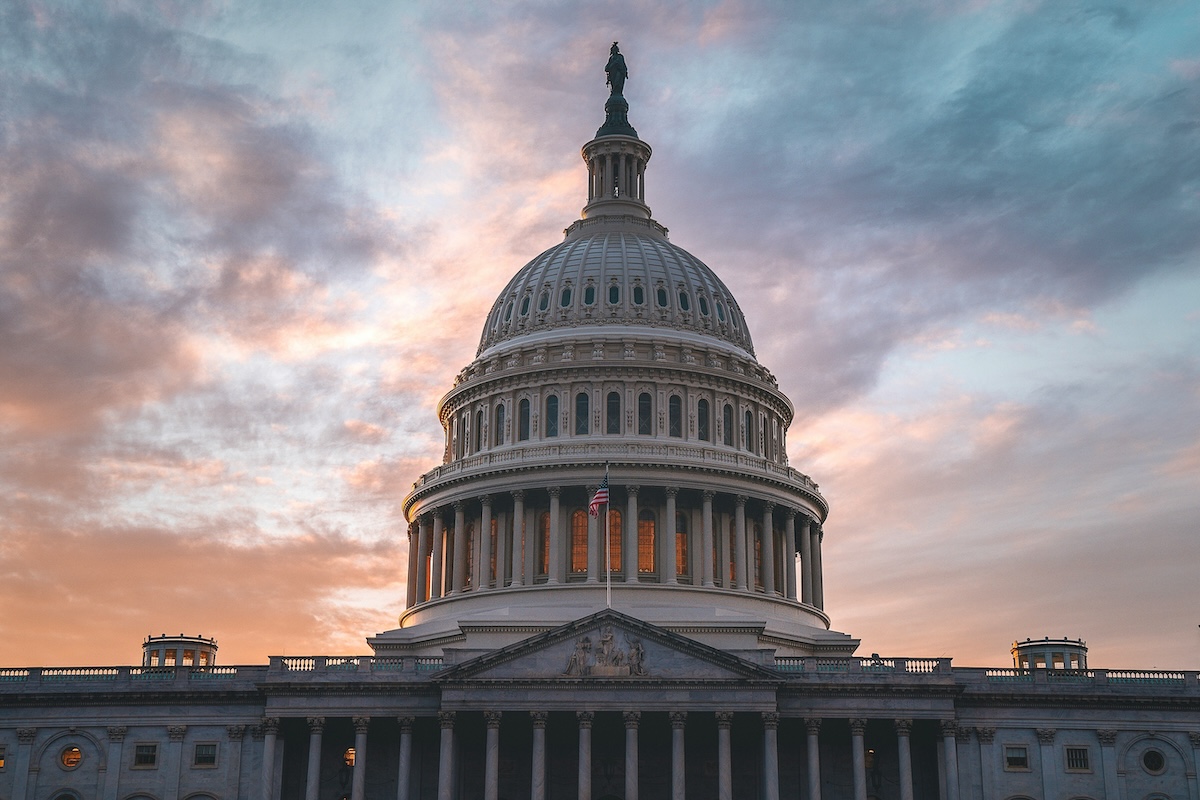
President Trump’s tariff policy is successfully boosting U.S. government revenues, but Washington’s chronic overspending is preventing any meaningful progress on the nation’s long-standing fiscal imbalance.
In July, tariff revenues surged 300% year-over-year to a record $29.6 billion, according to data from the Treasury Department.
Markets commentator The Kobeissi Letter projects tariff revenues will top $40 billion in August. If that pace holds, annual tariff income could surpass $350 billion during Trump’s tenure.
This is absolutely insane:
undefined The Kobeissi Letter (@KobeissiLetter) August 13, 2025
US tariff revenue surged +300% in July 2025, bringing in a record $29.6 billion in ONE month.
At this pace, tariff revenue could exceed $350 billion PER YEAR through President Trump's term.
What does it all mean? Let us explain.
(a thread) pic.twitter.com/v2M5e9nYVm
In context, that’s about 1.6% of U.S. GDP, which is more than the federal government currently collects from corporate income taxes.
However, federal spending in July alone reached a record $630 billion, producing a staggering $291 billion budget deficit for the month. “Tariff revenue was just 10% of the monthly deficit,” The Kobeissi Letter noted.
Despite Trump’s success in increasing revenue through tariffs, the core problem remains runaway spending.“ The gap is simply too big to fill right now,” the commentator said.
America’s fiscal imbalance has become a flashpoint on both Main Street and Wall Street.
With federal debt exceeding $37 trillion, the yawning gap between tariff revenues and government spending threatens to push borrowing costs higher and weigh on the economy.
From tariff flashpoints to fiscal mismanagement
Earlier this year, President Trump’s unpredictable tariff policy was the primary source of market anxiety, culminating in April’s “Liberation Day” tariff announcement that sent stocks tumbling.
Those fears have since faded, helped by a wave of new trade deals and the recent 90-day tariff pause extension with China. But now, Washington’s fiscal mismanagement has moved back to the forefront.
To finance its ballooning deficits, the U.S. Treasury is issuing more bonds, swelling supply, suppressing prices, and, in turn, pushing yields higher. Meanwhile, demand for Treasurys has proven weaker than many expected.
Yields may have backed off their recent highs, but they’re still well above last year’s levels. And then there's chronic overspending, which is lifting inflation expectations.
“Higher debt adds to the risk of inflationary pressure in both the short- and the long-run, through aggregate demand, inflation expectations, crowding-out of private investment, and worries about fiscal dominance,” wrote Yale Budget Lab in a March report.
Meanwhile, billionaire investor Ray Dalio has warned that successive U.S. administrations’ failure to rein in deficits has set the nation on a dangerous course toward currency devaluation.
Your email address will not be published. Required fields are markedmarked